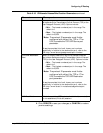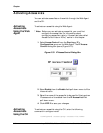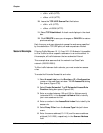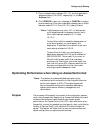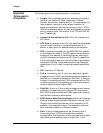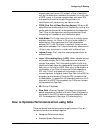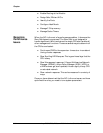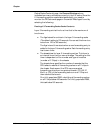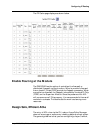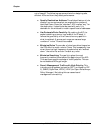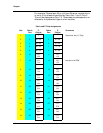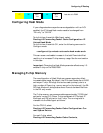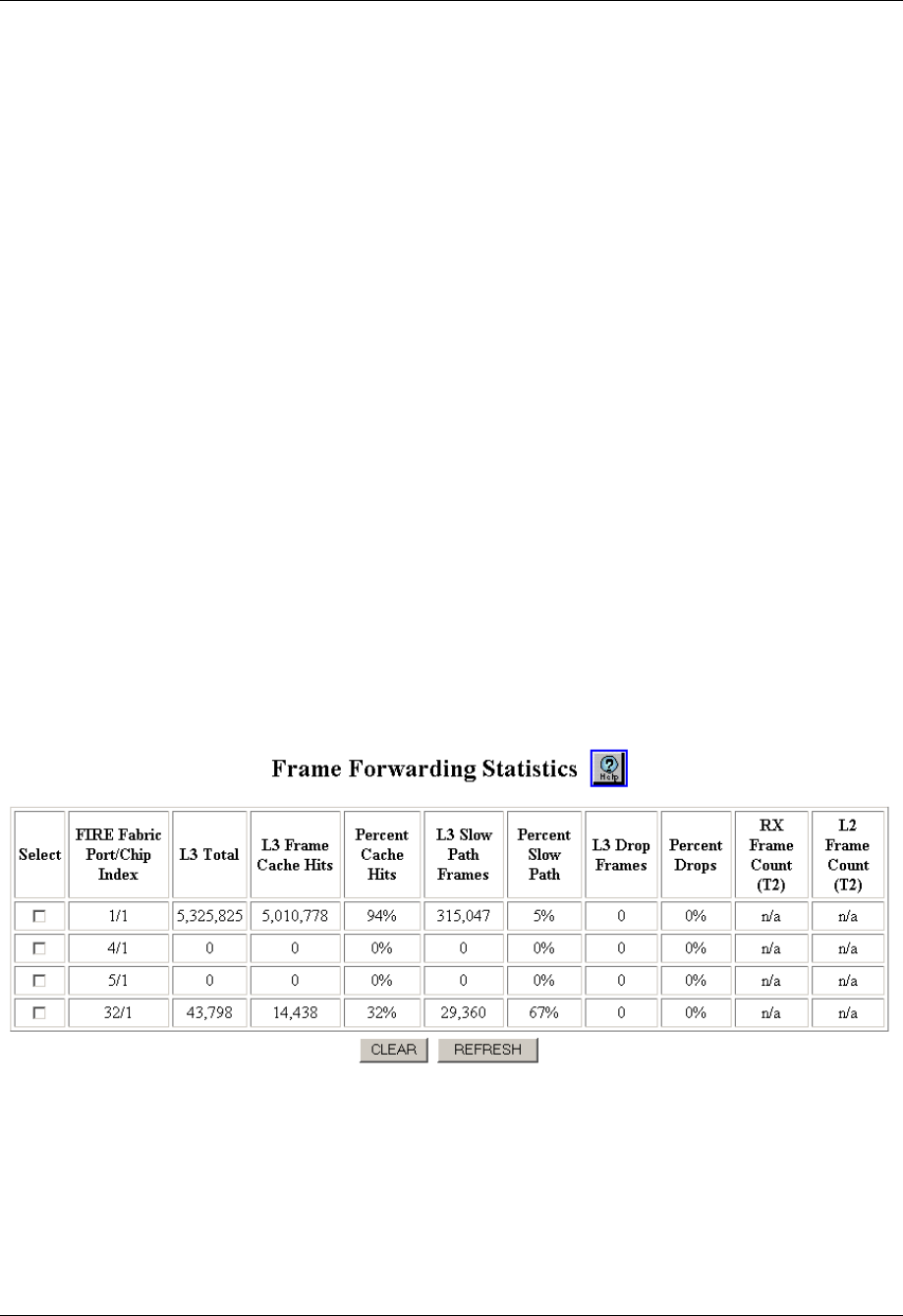
Avaya P550R, P580, P880, and P882 Multiservice Switch User Guide, v5.3.1 9-35
Configuring IP Routing
Evaluate System Performance
The first step is to determine whether the use of an ACL affects
system performance. This requires an analysis of traffic patterns, the
use of device statistics, and a “process of elimination”. If you suspect
that the use of an ACL is degrading system performance and
“Disabling Access Control” improves performance, you are ready to
begin the process.
In order to perform the diagnosis, you need to generally identify
routed Flows through the switch. You will need this information to
match Flows against the F-chip statistics to locate the problem area.
The next step (and this will be repeated as needed) is to note the
usage statistics with and without the ACL enabled.
Slow Path
versus Fast Path
The goal is to maximize Fast Path traffic (L3 Frame Cache Hits) and
minimize Slow Path traffic (L3 Slow Path Frames). The easiest
parameters to monitor are found on the Forwarding Statistics web
page found on the switch Web Agent by selecting the following:
Routing>L3 Forwarding Cache> Forwarding Statistics
The Forwarding Statistics web page shows the breakdown of traffic
by FIRE Fabric port/Chip Index (see below).
How Many
Cache Entries?
Each F-chip/PRE (see Identify the Ports section below for PRE
column explanation) reserves space for IP Unicast, IP multicast, and
IPX. By default, the number of entries are limited to 15,000 for each
(45,000 total). If the CPU attempts to add an entry in excess of
15,000, the L3FE will not be stored and that Flow will only be
forwarded via the Slow Path. When looking at the Active FE



